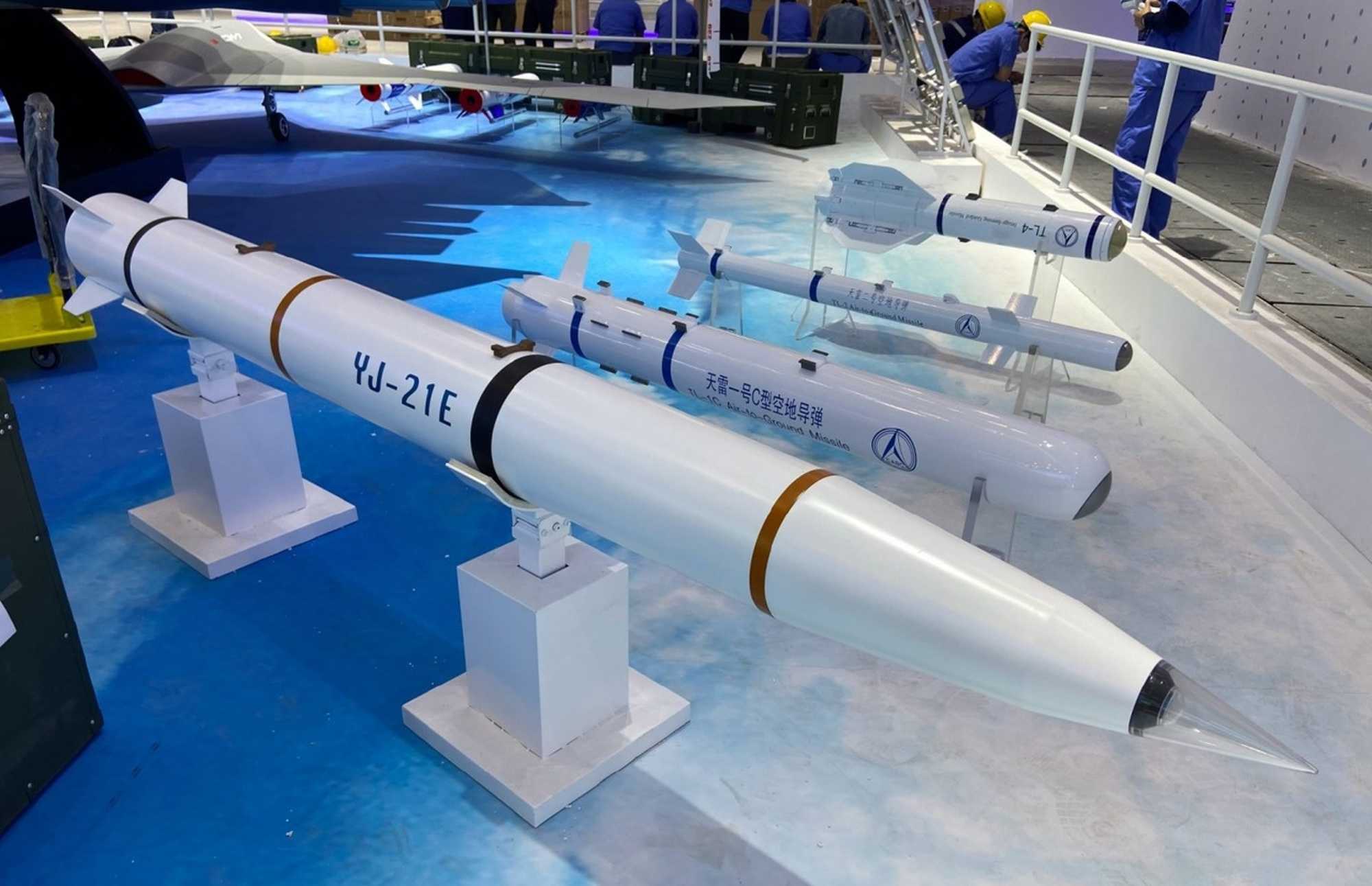The hype around hypersonic weapons refuses to die down any time soon. More countries are joining the bandwagon and pledge to develop weapons traveling at least five times the speed of sound. The latest entrant to this club is the United Kingdom.
With ambitions matching those of its ally, the US, and its adversaries, including Russia and China, Britain intends to provide its armed forces with a domestic hypersonic cruise missile, as per multiple reports in British media.
The British Ministry of Defense (MoD) has reportedly stipulated that the weapon be designed and manufactured indigenously, with 2030 as the timetable earmarked for deployment.
A government defense source cited by the Telegraph said: “Cutting-edge projects like this are only possible because of the massive new investment the Government has made this week in defense innovation.”
Prime Minister Rishi Sunak has named the project as one of the recipients of an anticipated £75 billion increase in the defense budget during the ensuing six years. The Prime Minister pledged this week to allocate 2.5% of GDP to defense by 2030.
Due to its high speed and ability to maneuver mid-air, the development of a hypersonic weapon, which is much faster than conventional cruise missiles, would enable the UK to get around current air defense systems.
The #UK wants to develop and put into service a hypersonic missile. The project is planned to be completed by 2030.
📰 The Telegraph pic.twitter.com/9ZrAYrKAtL
— NEXTA (@nexta_tv) April 28, 2024
It is being speculated that a weapon that could be installed aboard a fighter plane, such as the F-35 or Eurofighter Typhoon. However, it would have a lower payload and a shorter range than a larger missile launched from the ground. Another possible launch platform for the missile could be a warship.
Additionally, the UK is also working on the development of a next-generation combat aircraft along with partners Italy and Japan.
As of now, the hypersonic missile’s launch platform, which could be deployed from warships, fighter planes, or the ground, is uncertain. The initiative is directly administered by the MoD headquarters in Whitehall instead of one of the three armed services.
According to program sources, the building of the missiles would be particularly challenging because some of the materials needed to endure the high temperatures associated with hypersonic speeds have to be created from scratch and do not yet exist.
As per reports, engineers are currently developing a British version of a “scramjet” engine, which facilitates the burning of liquid or solid fuel by using compressed air traveling at supersonic speeds.
The British quest for a hypersonic weapon is not new. The MoD has been working with a consortium of about 80 companies since late last year to generate potential designs. In December, the Hypersonic Technologies & Capability Development Framework Agreement was introduced as part of a purported “national mission.”
Since the plans are supposedly in the early stages, the UK MoD has not revealed any details owing to the sensitivity surrounding the technology. A spokesperson from the Ministry reportedly stated, “We are pursuing hypersonic technologies to further develop UK sovereign advanced capabilities. We continue to invest in our equipment to meet current and future threats.”
With this, the UK is essentially seeking to join the club of countries that have either fielded hypersonic weapons or are in the process of developing and testing them. Despite claims of Russian hypersonic missile shootdowns in the Ukraine War, the interest of global military powers in hypersonic weapons remains intact.
The World Wants Hypersonic Weapons
The development and/or acquisition of hypersonic systems, particularly missiles like Hypersonic Glide Vehicles (HGVs) or Hypersonic Cruise Missiles (HCMs), is of continued and increasing interest since the world recognizes that hypersonic weapons offer advantages over longer ranges.
China, Russia, and the United States are all working on building hypersonic weapons. While some countries are conducting research, others have made unconfirmed test claims. While Russia and China, the two big adversaries of the West, have fielded hypersonic weapons, the US is currently struggling to deploy one and play catch-up.
Russia has now become the only country in the world to use hypersonic weapons. The country has three different hypersonic missiles in its arsenal: the Kinzhal, the Tsirkon, and the Avangard. Both the Kinzhal and the Tsirkon have been used in combat against Ukraine in the ongoing war.

Another country to have operational hypersonic weapons is China. China tested an intercontinental ballistic missile that carried a hypersonic glide warhead called the ‘DF-17’ in July 2021. It also has a hypersonic anti-ship missile in its arsenal, known as the ‘YJ-21.’
China could emerge world leader in hypersonic capabilities, with at least two additional hypersonic weapons emerging in a little more than a year: the DF-27 and an air-launched variant of the YJ-21. The DF-27, for one, is a long-range missile that could penetrate US mainland defenses.

Outpaced by its adversaries, the US is developing and testing hypersonic weapons. The Army and Navy have been collaborating on a shared hypersonic glide body that could serve both the Army’s ground-launched Dark Eagle and the Navy’s sea-launched Conventional Prompt Strike (CPS) system. The weapon is expected to be fielded sometime later this year.
The US Air Force, however, continues to struggle. The service has had two active hypersonic programs including the Air-launched Rapid Response Weapon, commonly referred to as ARRW, and the Hypersonic Attack Cruise Missile (HACM). Although the ARRW has since been abandoned, the service conducted an unexpected test of the weapon from Guam earlier this year.

Besides the US, some other countries have also entered the ‘hypersonic race.’ Two states that have been reeling under international sanctions have allegedly developed hypersonic weapons: Iran and North Korea. Both countries have been labeled as rogue dictatorships that pose a threat to the security of their neighbors and the West.
Iran claims to have used the Fattah hypersonic missiles to strike Israel in its recent airstrike. North Korea, on the other hand, test-fired a Hwasong-16B hypersonic glide vehicle (HGV).
Both have been accused of receiving hypersonic technology know-how from their partner, Russia. Moreover, countries like India are also actively working on hypersonic capabilities.
- Contact the author at sakshi.tiwari9555 (at) gmail.com
- Follow EurAsian Times on Google News




